€6.30
Copaiba Essential Oil
Adam Michael has this to say “The aroma is sweet and creamy balsamic. Produced from the crude via steam distillation, of a pourable viscosity and can be considered as a good fixative”.
Mark Evans has this to say “Gentle, sweet, woody, balsamic and a little peppery, copaiba oil is produced by dry-distillation under vacuum from the oleoresin. Copaiba trees are mainly found in South America, particularly Brazil. The oleoresin is sustainably harvested by drilling holes in the trunks. A single tree can provide 40 litres of copaiba oleoresin a year. Although its gentleness has hampered its widespread use in perfumery, the essential oil is still useful as a modifier and blender to help transition between different phases of a perfume composition.”
Arctander has this to say “Copaiba Oil finds some use in perfumery, but its fixative value is negligible and its contribution to the overall odor of a fragrance is questionable. Its main use is that of a blender modifier. It blends well with cananga, ylang-ylang, heliotropine, hydroxyl-citronellal, isoeugenol, vanillin, iononesand methylionones, sandalwood oil, amylcinnamic aldehyde, etc. The oil is used in pine fragrances, woody bases, violet perfumes, spice fragrances etc, and its low cost and good availability makes it popular for some of these purposes.”
Botanical Name: Copaifera officinalis
Origin: Brazil










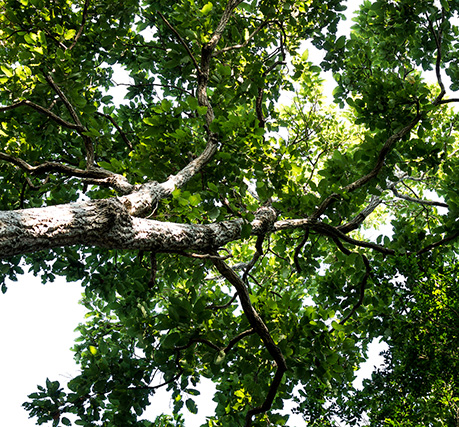
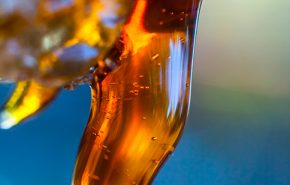
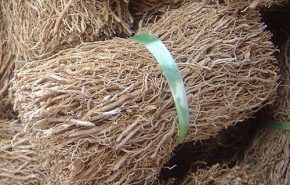
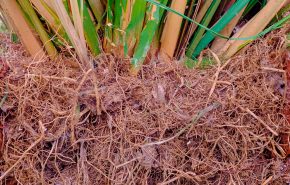

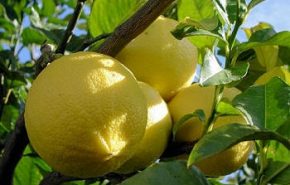
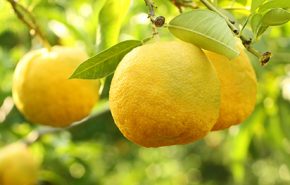
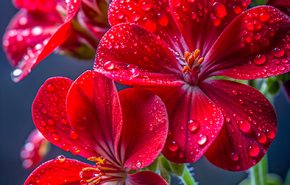
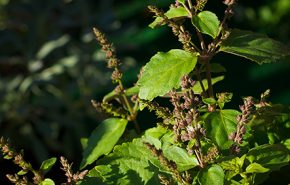
Aleksey P (verified owner) –
I was extremely surprised to see no reviews about this oil. Although I have great respect for Arctander, I strongly disagree with his opinion about the low value of copaiba oil in perfumery. In addition to the function of smoothing the aroma, this oil brings a very colorful creamy-woody nuance to the composition. Its universal qualities – copaiba goes well with any flavors, makes this oil are indispensable in natural perfumery. And I love to use it in meditation blends, as copaiba has a very relaxing, soothing effect.
Kai Leon Art Parfumeur (verified owner) –
A special choisy ingredient for fine Perfumery with its spicy sweet peppery front and apparently gently vanilic fruity creamy incense in it resionous heart; ‘apparently’ because it holds a beautiful secret if you are patient – however mellow it is very tenacious, keeping its elegant spicy vanilic resin tone all the way to the end of drydown. A mild-mannered back up singer, always willing to blend easily, with excellent fixative powers. From the medicinal perspective – ages proven great antiseptic and healer of skin injuries, can be used directly on the wounds.